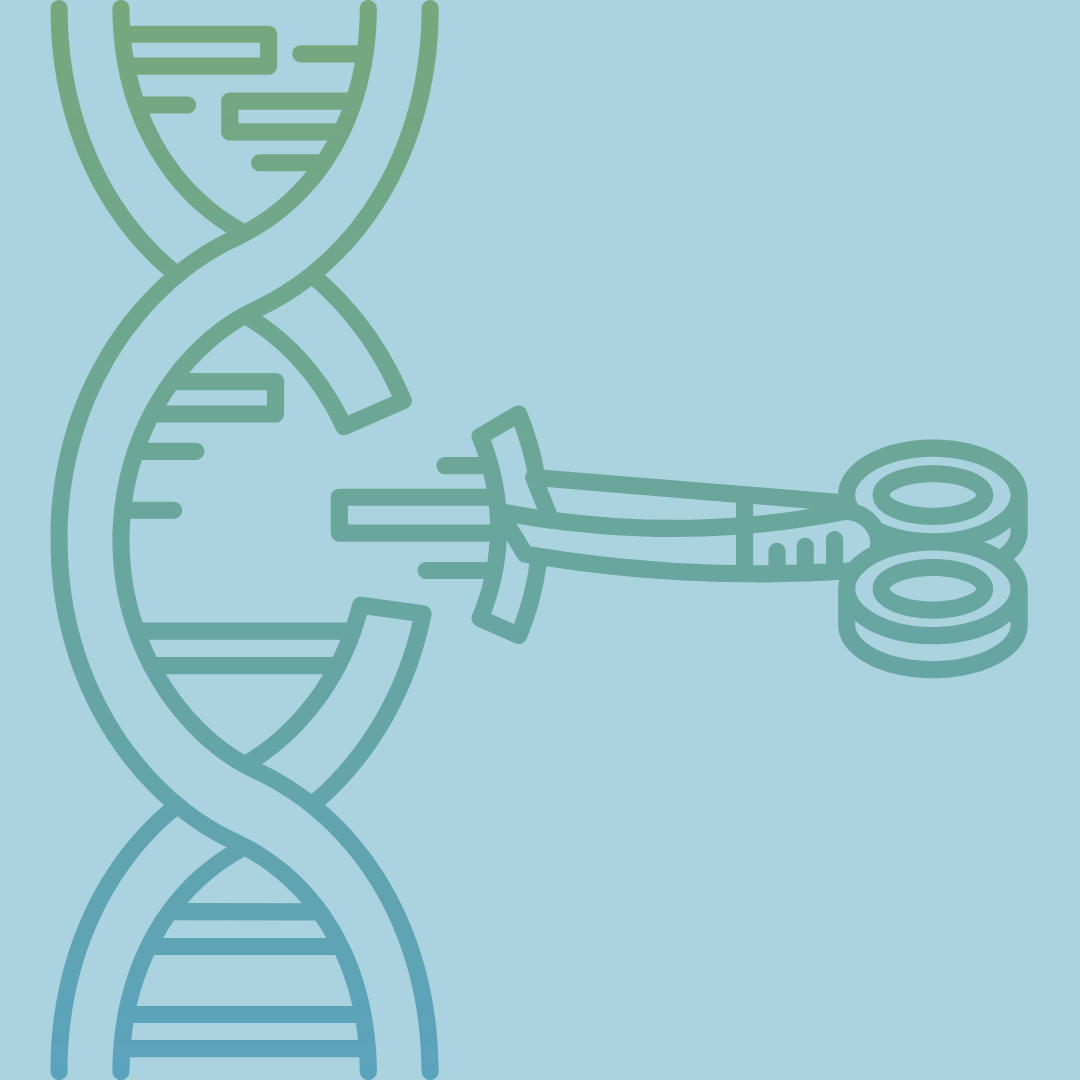What are the lines and who draws them?: The CRISPR-Cas9 story
By Sara Moretto,
The Varsity
| 09. 22. 2024
It was 2020. I was wrapping up grade nine science with a solid 60 per cent, hoping that if anyone saw my failed tests in the recycling bin, it would contribute to an air of mystery about me. This reason was preferable to the truth, which was that I was sick and I had been for a while. I didn’t like many subjects, least of all science, with its academic rigour and air of superiority. I felt that science was a body of knowledge sealed behind textbooks for those people who were suited to learn. It was for the people who understood pharmacy through reactions; physiology through diagrams; and who are essentially healers armed with multi-coloured highlighters.
In the same year, biochemists Emmanuelle Charpentier and Jennifer Doudna were studying bacterial immune systems. Bacteria defend themselves from invading viruses differently than humans. After an infection, bacteria store chunks of invading viral genetic material within their DNA for later reference, like a molecular ‘Wanted’ poster for future viral attacks. These bacteria store what they learned from the viruses in a section called the clustered...
Related Articles
By Josie Ensor, The Times | 12.09.2025
A fertility start-up that promises to screen embryos to give would-be parents their “best baby” has come under fire for a “misuse of science”.
Nucleus Genomics describes its mission as “IVF for genetic optimisation”, offering advanced embryo testing that allows...
By Hannah Devlin, The Guardian | 12.06.2025
Couples undergoing IVF in the UK are exploiting an apparent legal loophole to rank their embryos based on genetic predictions of IQ, height and health, the Guardian has learned.
The controversial screening technique, which scores embryos based on their DNA...
By Vardit Ravitsky, The Hastings Center | 12.04.2025
Embryo testing is advancing fast—but how far is too far? How and where do we draw the line between preventing disease and selecting for “desirable” traits? What are the ethical implications for parents, children, clinicians, and society at large? These...
By Grace Won, KQED Forum [with CGS' Katie Hasson] | 12.02.2025
In the U.S., it’s illegal to edit genes in human embryos with the intention of creating a genetically engineered baby. But according to the Wall Street Journal, Bay Area startups are focused on just that. It wouldn’t be the first...




